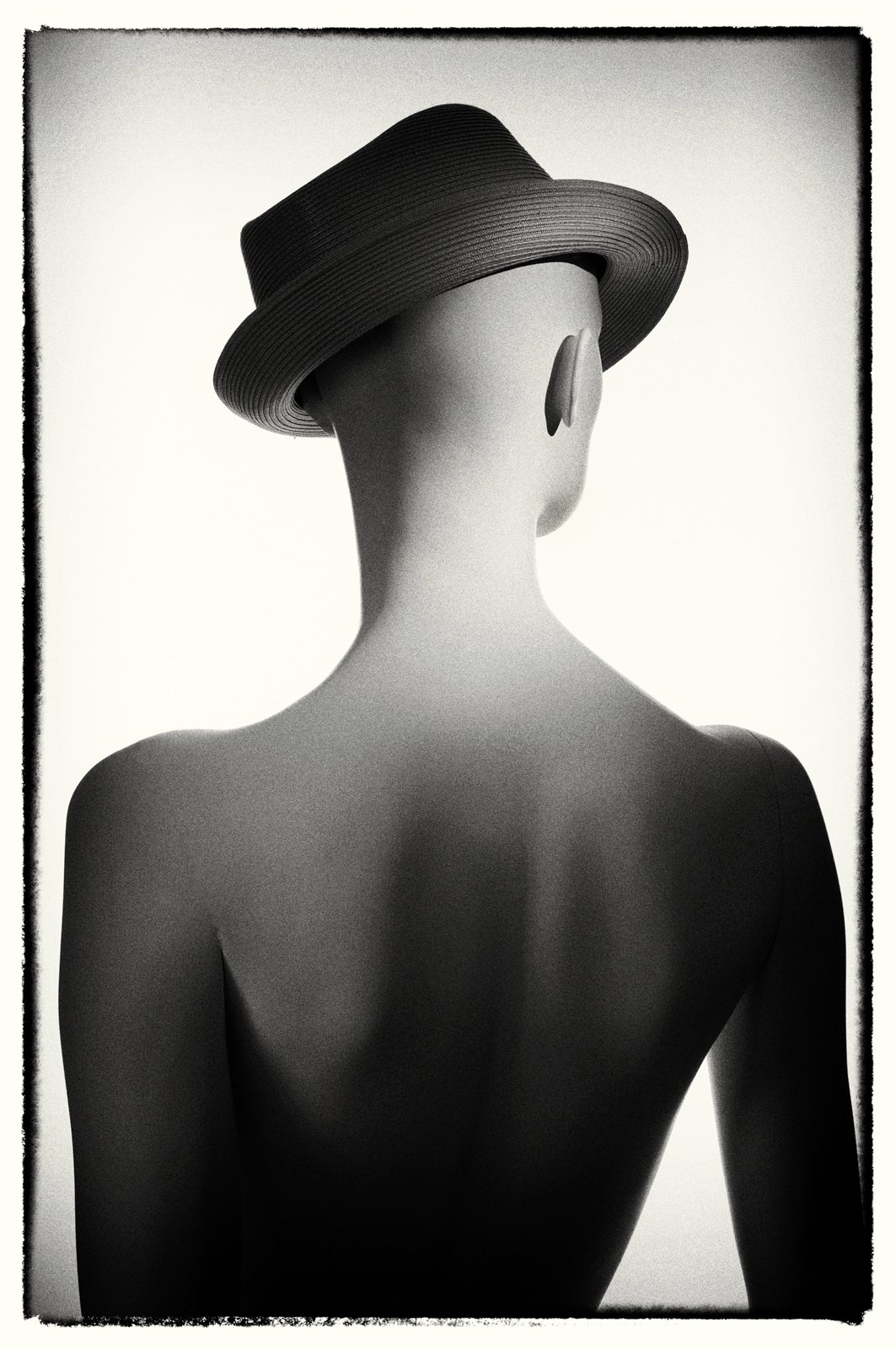LIGHT & SHADOW
“Shadow is the means by which bodies display their form.”
— Leonardo da Vinci
Sun Bathed: In Johannes Vermeer’s paintings, subjects are illuminated by sunlight from a single window. With The Girl With the Pearl Earring, he dispensed entirely with background detail, resulting in a stark, beguiling depiction of an enigmatic young woman.
Chiaroscuro describes the dramatic effect of contrasting light against shadow in image-making. It was popularized first by Italian Renaissance masters and later adopted by Dutch artists such as Rembrandt van Rijn, Hendrick ter Brugghen, and Johannes Vermeer.
The technique articulates the tonal contrasts that create the illusion of three dimensions within a two-dimensional plane. The embrace of chiaroscuro in pictorialism emerged at a time when sunlight and fire were the only available light sources. High-contrast light and shadow were how everyone experienced the world.
In the early decades of film, before color cinematography became the standard, the lighting technique popularly known as ‘film noir’ (black film) was developed to compensate for the limited dynamic range and light sensitivity of film stock of the period. The limitations of film technology at the time required tremendous amounts of light to achieve proper exposure, rendering scenes flooded with high-key klieg lighting, resulting in flat, gray tones. High-contrast lighting created vivid highlights juxtaposed against deep cast shadows, which became a directorial style. It infused movies with mood, drama, and dimensionality—a defining genre characteristic. Pioneering celebrity photographers such as George Hurrell applied chiaroscuro lighting in the stills they created for movie magazines, now celebrated as the golden age of glamour photography.
The limitations of offset printing in the first half of the 20th century benefitted from the hard transitions between light and dark created by directional lighting. Accordingly, a through-line can be traced from the drawing style of comics from the 1930s and 40s—known among artists as light planes and shadow masses—to today’s magnificent graphic novels.
Even in the age of advanced technology, image-makers continue to be drawn to the timeless allure of chiaroscuro. With its ability to infuse drama, elegance, and suspense, this classic style remains a powerful tool for modern creators, connecting them to a rich artistic tradition. —JH
Chiaroscuro, an Enduring Appeal: Film star Dorothy Lamour, photographed by Hollywood legend George Hurrell; a frame from Milton Caniff’s classic serial comic strip Steve Canyon; a scene from Perry Mason, the stylish TV drama from the late 1950s and early ’60s renowned for exquisite lighting and staging; artist Brendon Pitt’s contemporary rendition of Batman, an homage to classic comic book brush and ink rendering style.
Shadow Painting
Experiments In Shadow Painting

















































